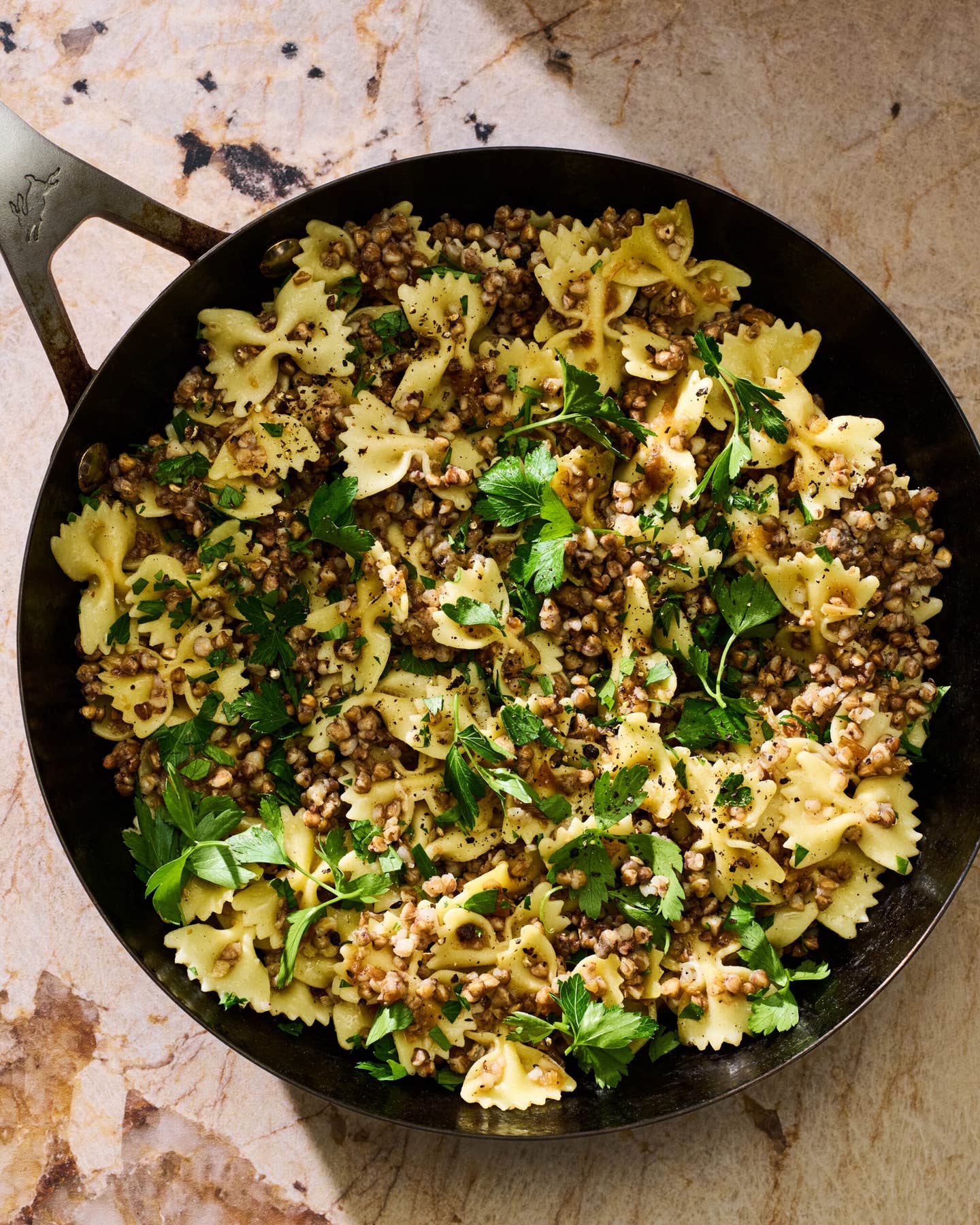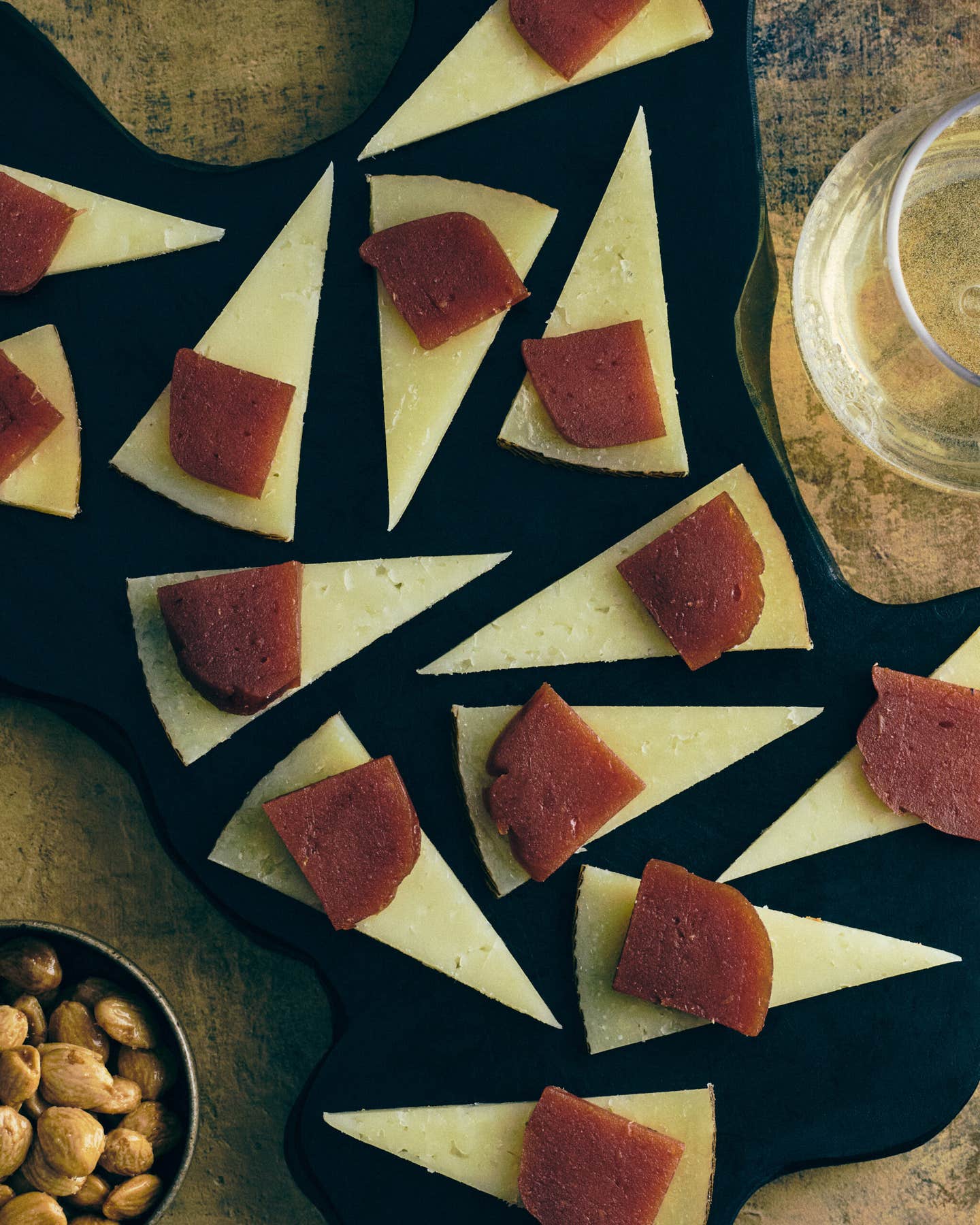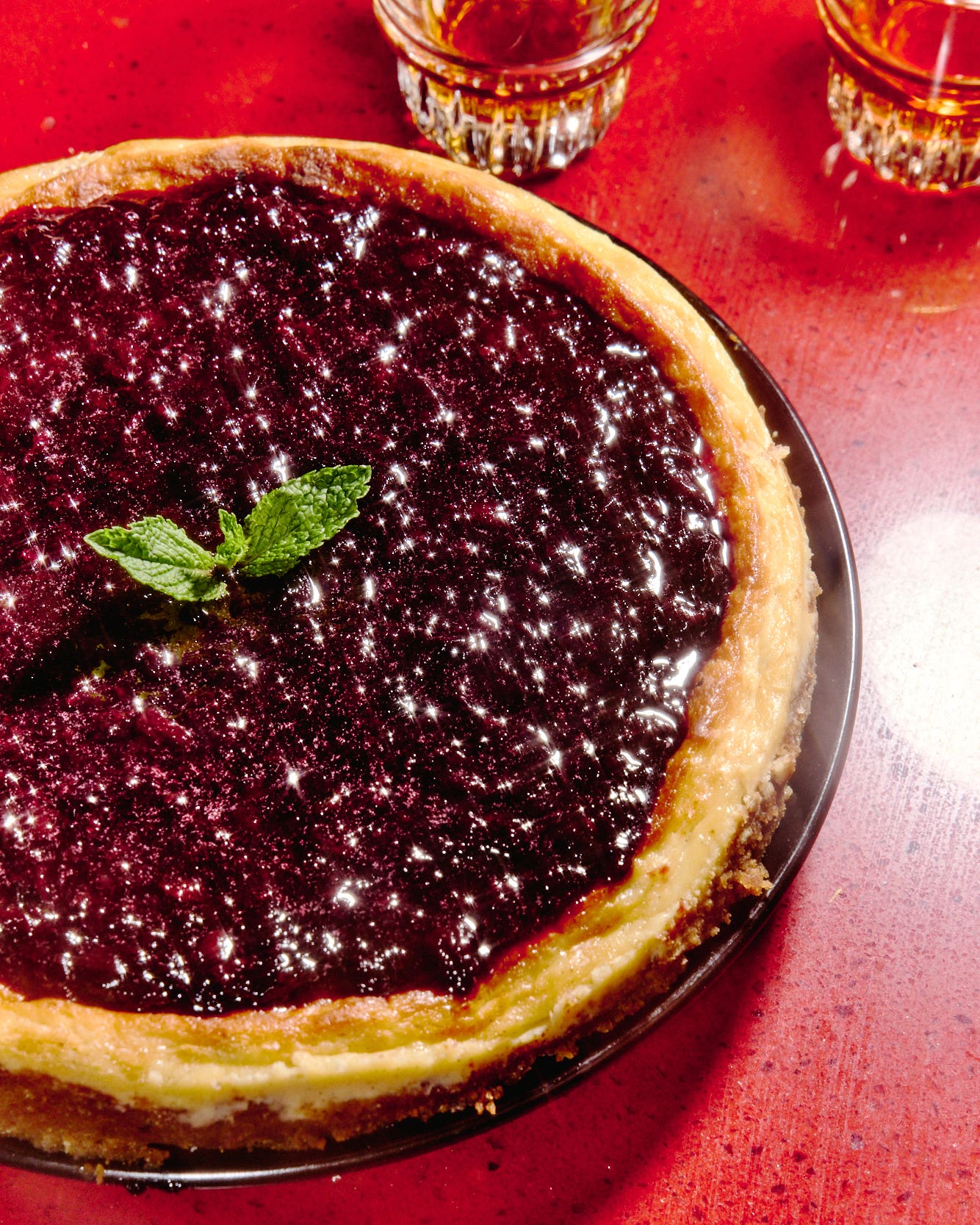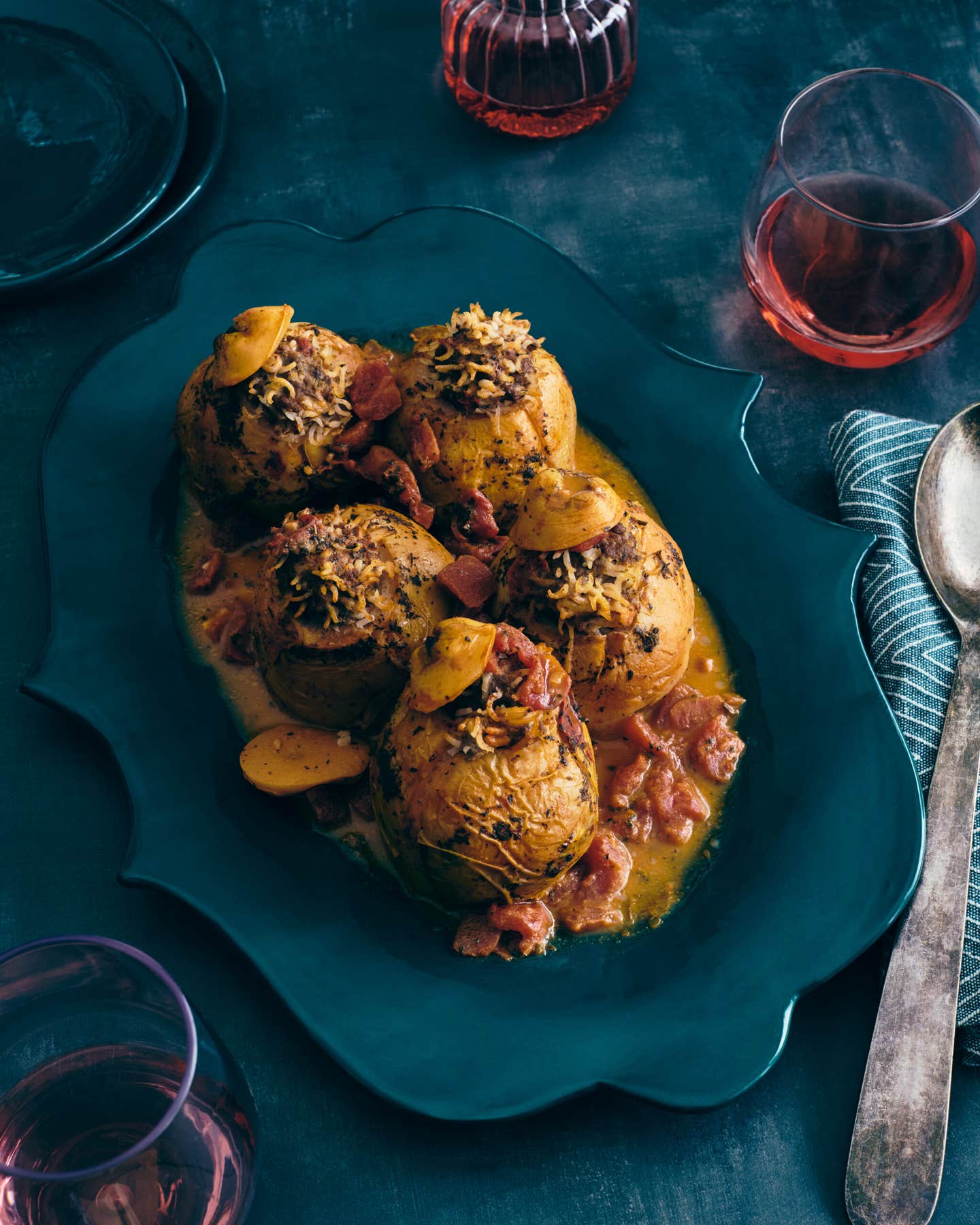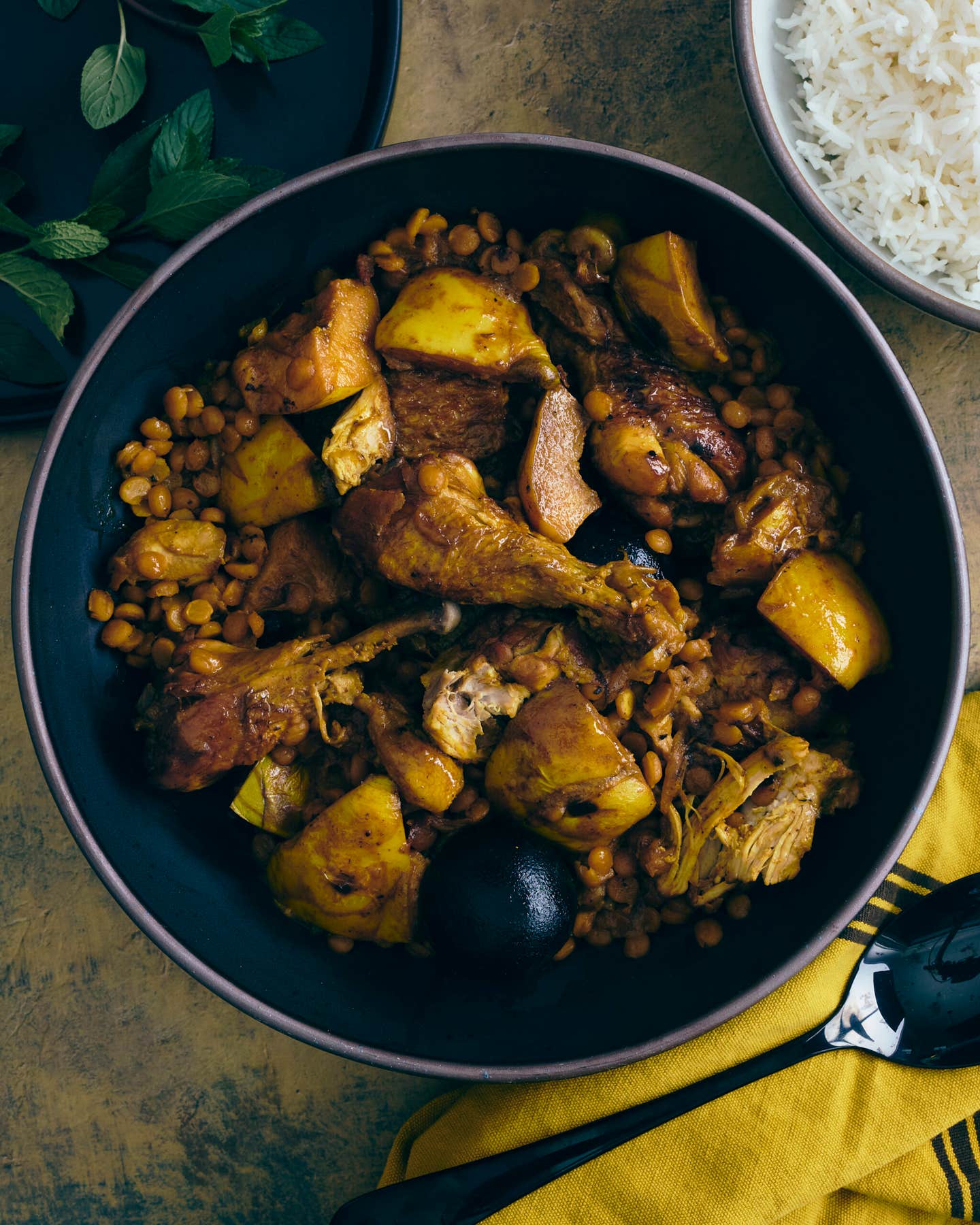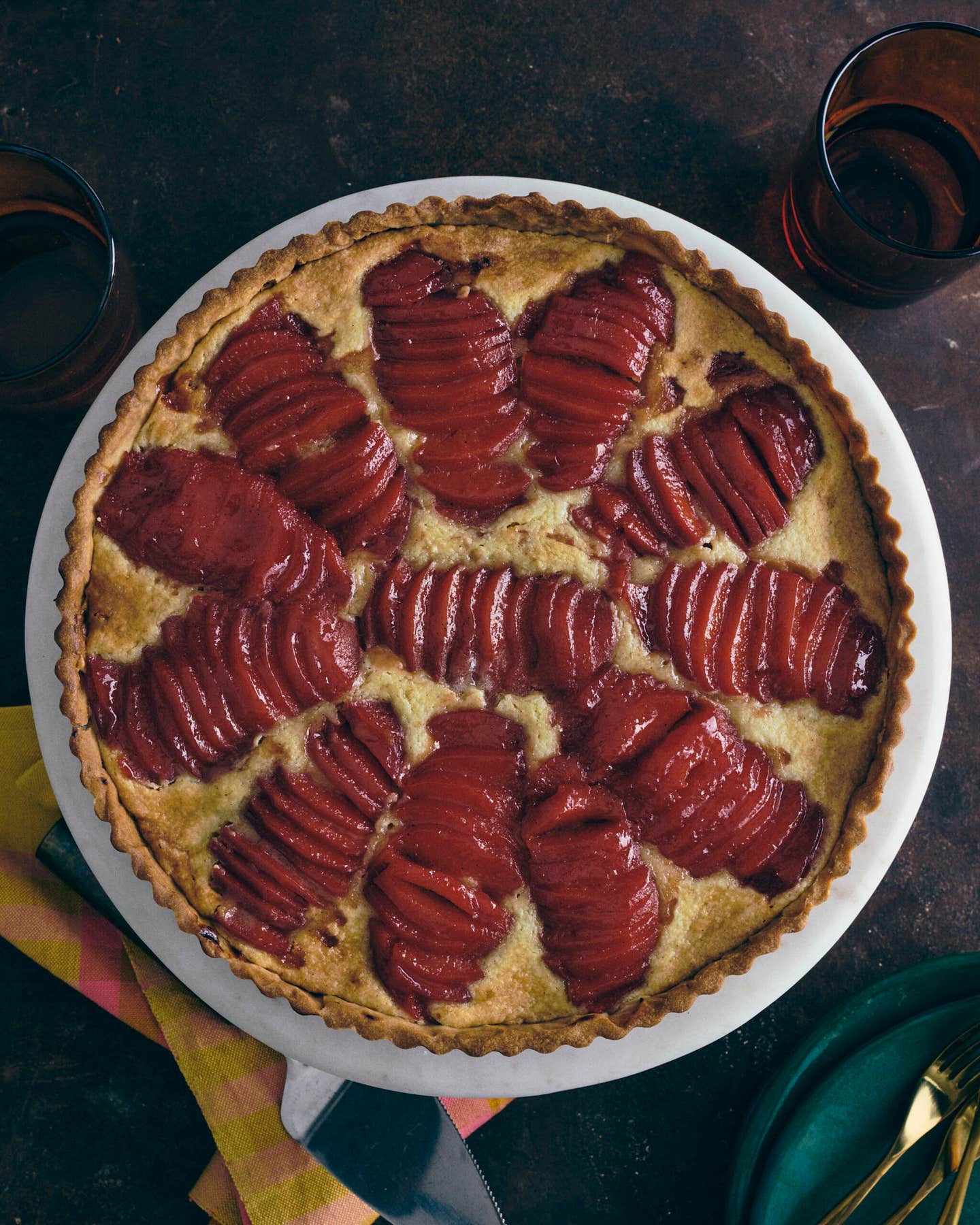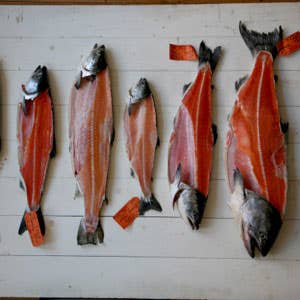
Know Your Salmon
All wild salmon taste their best when caught just before their journey home to freshwater spawning grounds, since they prepare for the trip by fattening up on ocean crustaceans. Featured here are the six varieties available in the United States.
1. Also known as chinook salmon, the mighty king can weigh well over a hundred pounds; its habitat ranges from California to Alaska. The meaty fish has a pure flavor and ample fat and cooks beautifully over a charcoal fire.
2. The coho salmon, also called silver salmon, constitutes just 10 percent of the commercial salmon fishery in the United States. Making its home in the waters from Oregon to Alaska and available in markets from late summer through fall, the fish has a firm texture and a rich, gamy flavor suited to simple preparations like poaching.
3. Pink salmon, also called humpback salmon, is the smallest variety available in this country, averaging only five pounds; the most abundant, it's often canned. Lower in fat, the delicate, sweet flesh of pink salmon has a subtle flavor best brought out by pan-frying or whole-roasting.
4. Sometimes known as leaper salmon, the Atlantic salmon once flourished in North Atlantic waters, but overfishing, pollution, and a host of other factors have decimated wild stocks. Demand for this fatty, full-flavored salmon, probably the most versatile variety when it comes to cooking, is met mostly by fish farms, which now produce more than half of all the salmon sold in this country.
5. The flesh of the red, or sockeye, salmon, a variety of Pacific salmon whose range stretches from British Columbia to Alaska and which is the second-fattiest type, has a distinctive, deep orange-red color and is dense and full-flavored. Sockeye, which first comes to market in May, is usually the variety favored for raw preparations.
6. The abundant and relatively neutral-tasting chum salmon, sometimes called keta salmon, is second only to the king in size and inhabits waters throughout the Pacific Northwest; chum salmon is harvested in the late fall and is most often canned, smoked, or cured.
Keep Reading
Continue to Next Story

